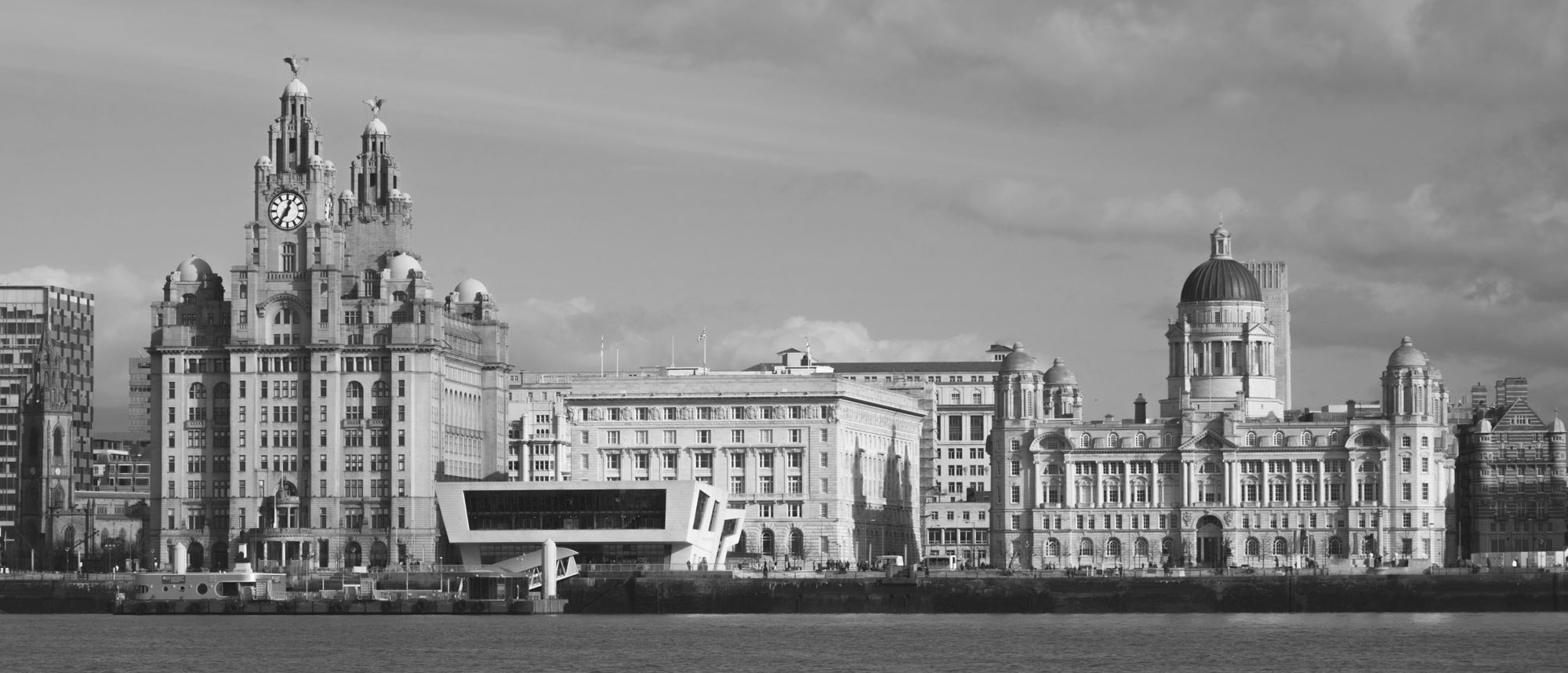
The famous Williamson Tunnels are a massive maze of tunnels and underground caverns under the city of Liverpool. They are located in the Edge Hill district of the previous European Capital of Culture 2008 and were built in the early 1800’s. The tunnels were constructed under the control of a famous tobacco merchant named Joseph Williamson.
The reason that the Williamson Tunnels were created is unknown to this day and only theories and presumptions can describe the reason for their existence. The most common theory was to provide work for the unemployed during the economic recession, following the Napoleonic Wars.
Other presumptions were that the tunnels were secret passageways for secret activities and others believed that the Williamson Tunnels were built as a safe shelter from a predicted Armageddon.
Some of the tunnels have been lost over the years but a lot of them still exist and the Williamson Tunnels are an excellent and very popular tourist attraction. However, it wasn’t until the 1990’s that work began on restoring the tunnels and clearing them of mounds of rubbish that clogged the way, this hard work and determination to clear them has paid off and made the tunnels what they are today.
The parts of the magnificent labyrinth that are still currently closed are constantly being worked on and ongoing research is done on the site by managers and volunteers to try and open more passageways to the public for exploring and touring.
Joseph Williamson was born in 1769 and died at the age of 71 in 1840. During the period of his life he moved to Liverpool from his birth place of Warrington and worked at the local tobacco firm of Richard Tate. In 1802 he married the daughter of Richard Tate – Elizabeth, and ended up buying the family firm a year later after he got married. Following the Napoleonic Wars in 1815 Joseph Williamson employed former soldiers of the war to work on the tunnels and achieve the state they stand at today. His wife Elizabeth Tate died in 1822 and Joseph Williamson continued on the tunnel project until he passed away himself in 1840.

